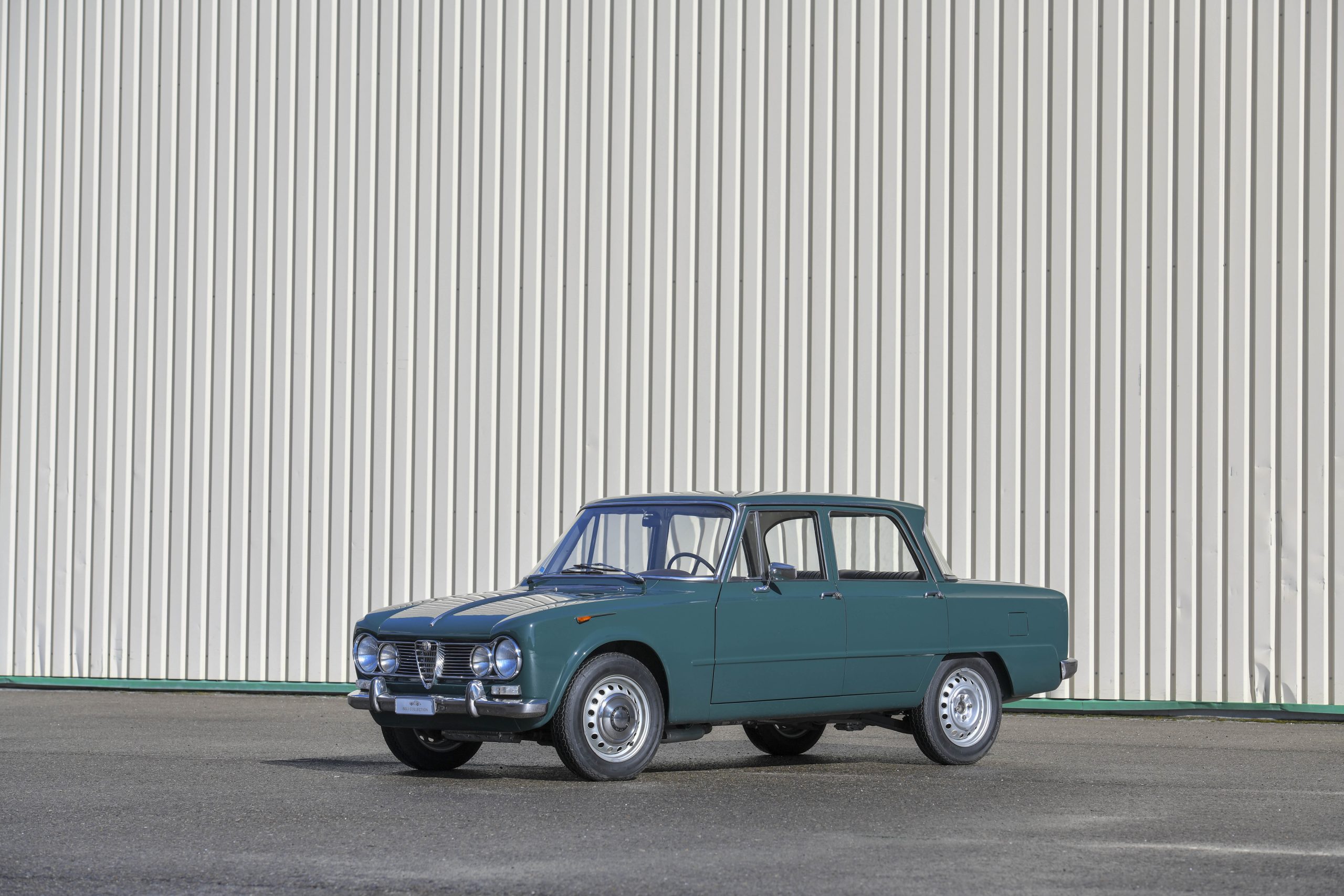Father and son Pete and Toby Southan work a sheet of aluminium on the English wheel. Back and forth they go in absolute harmony, introducing a perfect curve to the metal that will soon become the boot lid of a very special Bentley.
Pete and Toby have formed every panel of the car by hand using English wheels, wooden bucks and deftly-deployed hammers in time-honoured coachbuilding tradition.

Soon, in the charmingly ramshackle workshop of Bensport, tucked away in Somerset, the aluminium panel will be fitted as the final piece of the first drophead La Sarthe Bentley, a car born from the idea of what would have happened had Bentley built a racer to tackle Le Mans in the 1950s?
This achingly beautiful convertible is to make its debut at the London Classic Car Show alongside a fixed head coupé and a one-off customer commissioned car that showcases the extraordinary talent of the Bensport team which has been built up over the last decade.
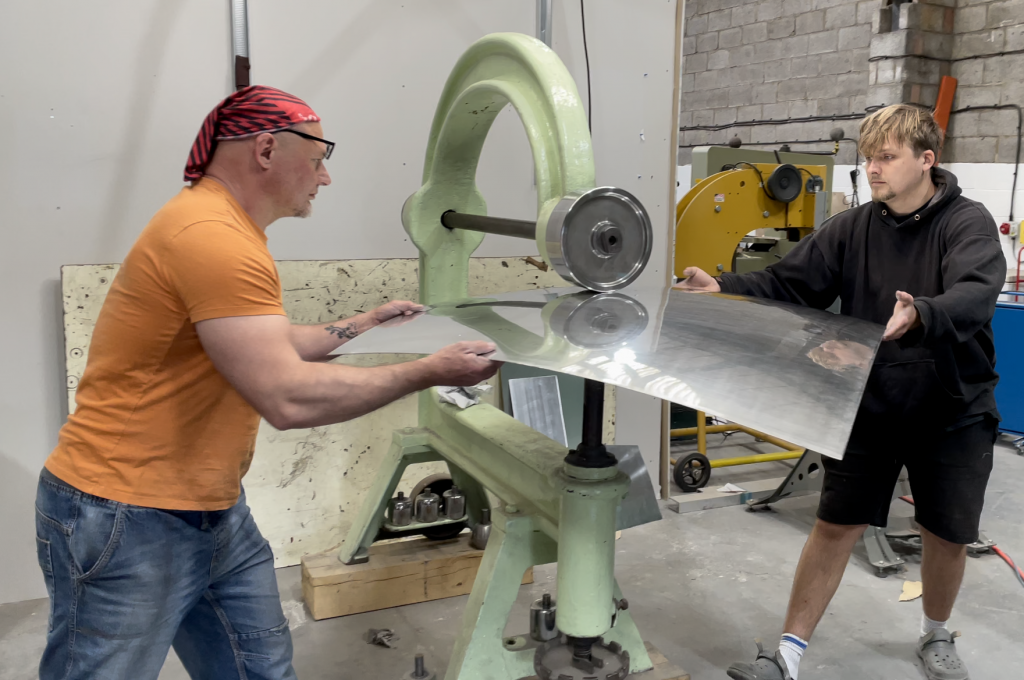
It’s another father and son – Bob and Andrew Perry – that founded Bensport more than ten years ago after being approached by a vintage Bentley owner in the middle of a wedding.
“We ran a wedding hire business with a three-and-a-half litre Bentley and a 25/30 Rolls-Royce at the time,” explains Bob Perry. “A guy came up to us and said, ‘Do you do all the work on these cars yourselves? We said, ‘Yes’ and he said he might come and see us in a few weeks. A lot of people say that. But sure enough, he did. He came in and said, ‘Can you restore a Delage chassis for me?’
“His plan was to build a Chapron-type body on it but it transpired that a lot of bits were missing from this car, so I said why don’t you think about using the chassis that we know? Bentley chassis are available, you can buy them quite reasonably and you can get all the bits for them. He didn’t think the body he envisaged would work as it was for a nine-foot chassis and the Bentley was ten feet. So we suggested drawing the Bentley chassis, full size, and drawing the body to go on that wheelbase so that he could see for himself.
“In the end we restored a Bentley chassis for this guy but we had absolutely no way of building the body, so it was taken away to have a body built. But we’d gone through a lot of stages of drawing this car up and getting the shape of it right and we thought, ‘This looks like a good idea. Perhaps we’ll have a go at this ourselves.’”
Rather than simply build another Chapron style car, Bob and Andrew decided they wanted to pay tribute to Bentley’s sporting history (hence Bensport) by creating a car out of a “what if?” idea.
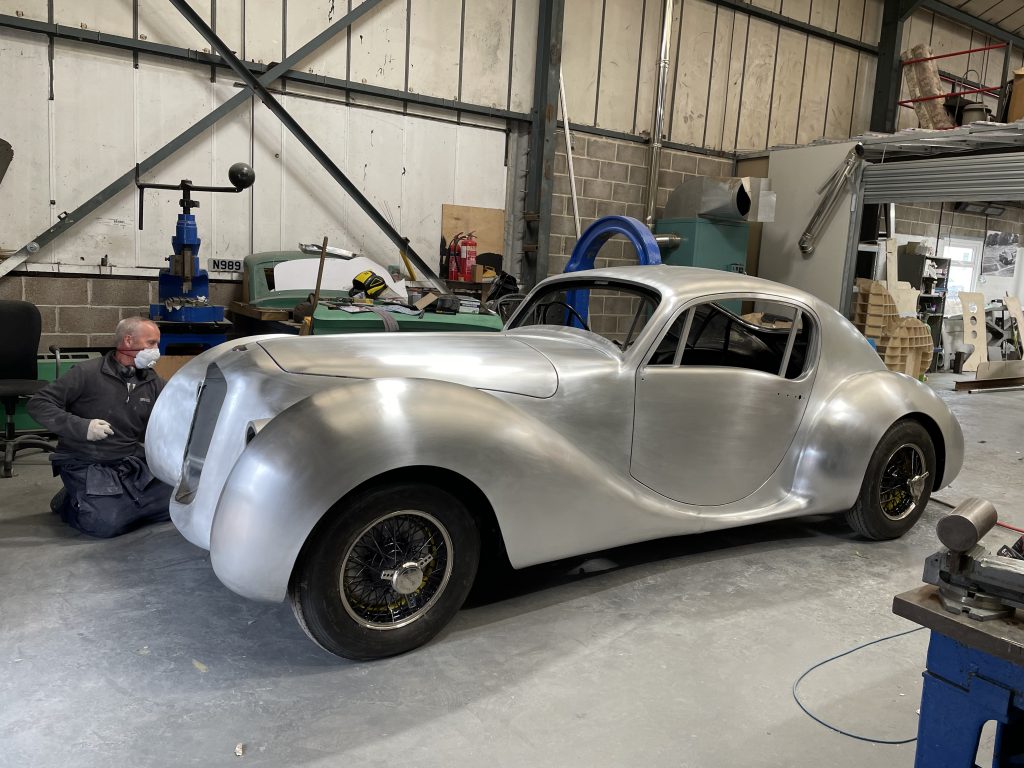
Having dominated Le Mans during the 1920s Bentley did not return to the French circuit with a works team until 2003, but a Derby Bentley 4 ¼ litre with bodywork by Pourtout in Paris did compete in 1949-1951 and it was this “Embiricos” car that inspired the Perrys.
“What if Bentley/Rolls-Royce had been the slightest bit interested in motor racing in 1947-48 with their new nice new chassis? What would it look like?”
Bob put pencil to paper and came up with a design, despite having no previous experience, that would become La Sarthe – a racy coachbuilt Bentley on the chassis of a Mk VI or R-Type.
Although the Perrys knew this chassis and running gear intimately there were teething problems with getting the body made. Panels commissioned in Britain and Poland required a huge amount of finishing to get them up to scratch, but despite the struggles two La Sarthes were completed and sold to Japan, each tailored to the buyer’s exact specification. Then the original prototype was also sold to a collector in Japan, leaving Bensport without a calling card.
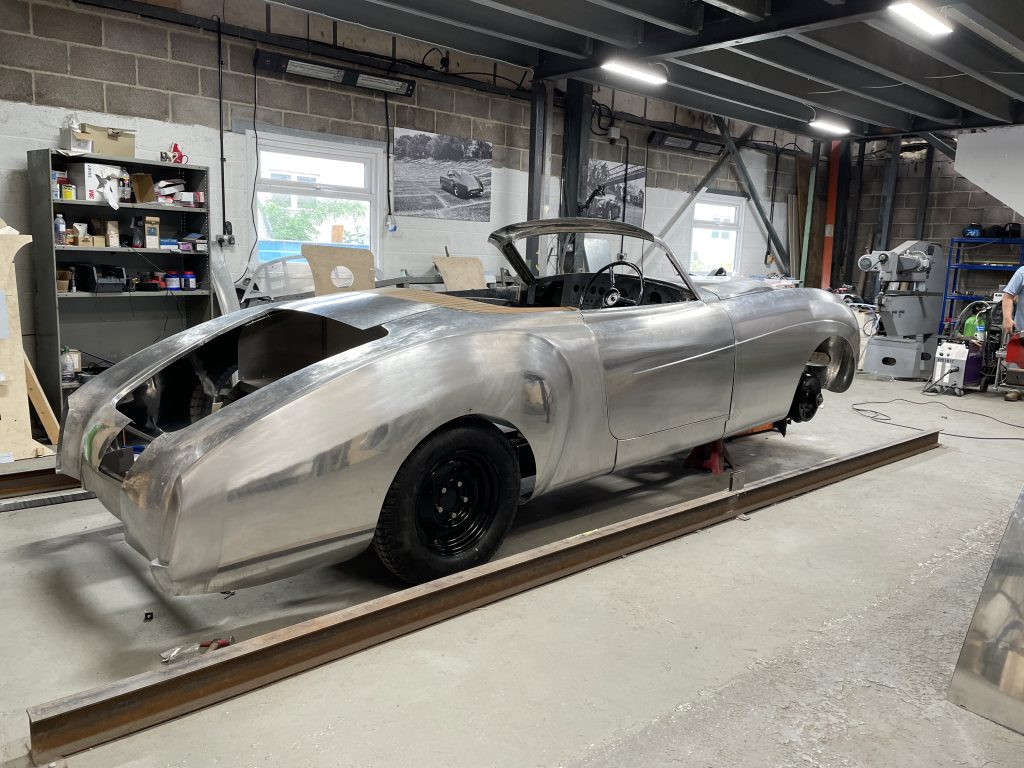
So during the lockdown of 2020 they set to work on building cars number four and five – a coupé and the drophead we see being finished. Resplendent in a metallic blue that took painter Terry Hall three months to prepare and paint, the finished car number four is fitted with a 4.9-litre straight-six engine, driving through a restored original transmission and differential. This is no resto-mod, with the only concessions to the 21st century being electric power steering to help manoeuvre the car at low speed, air conditioning and a stereo. The instruments and switchgear are new, but very much in keeping with the period, fitted into a dashboard inspired by a MkII Jaguar.
Having experimented with electronic ignition Bensport decided to retain the original distributor as it proved more reliable. The car’s wiring has been completely refreshed and a fuse board is hidden under a cover behind the seats. Trimmed in soft hide and wood veneer the cabin is wonderful – new but with a timeless quality to it.
Then there’s the bodywork. Perry admits that there’s an R-Type Continental influence, especially in the rear haunches, but the La Sarthe is more lithe, its teardrop cockpit dripping into the tail. The twin fuel fillers are a lovely nod to the car’s imaginary racing pedigree.
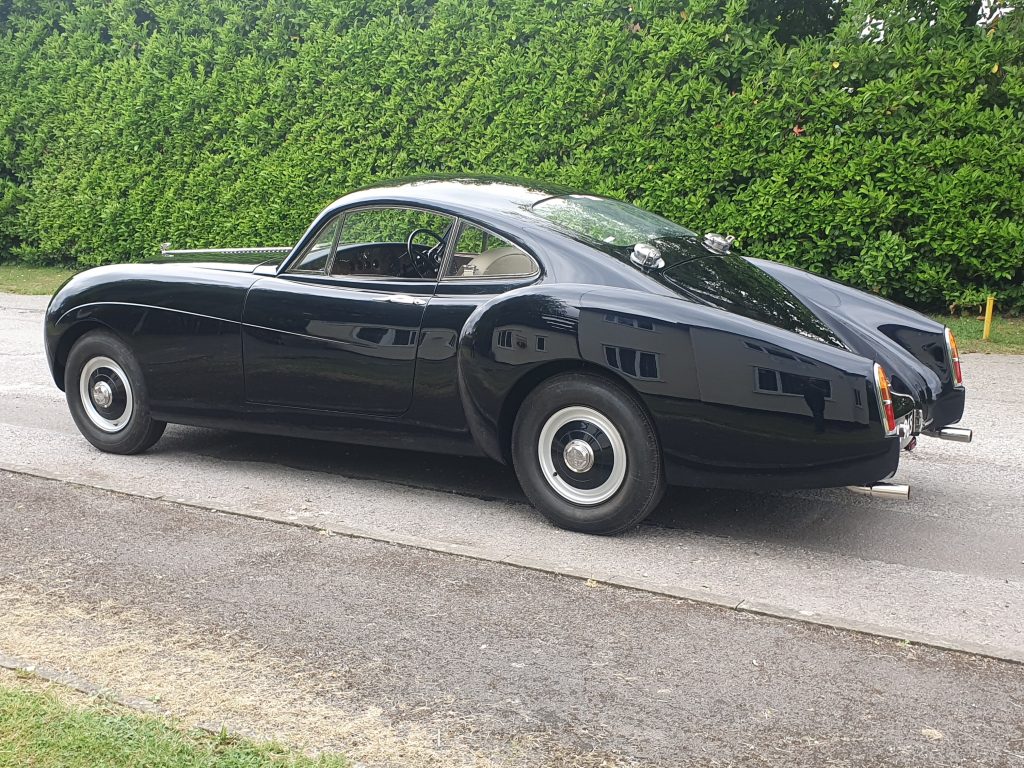
You’ll also note that, unlike some recent coachbuilt creations the La Sarthe wears its original manufacturer’s badge on the hood.
“The chassis remains as near to original as it possibly can, so there’s no dispute that it’s a Bentley, because that’s what it is. The other thing that we have not done is copied the body in any way from anything else, it is entirely ours. We had the Bentley Drivers’ Club come and inspect it. They had a good look around and said ‘Yes it’s a Bentley. What else would you call it?’”
Bensport aims to build two to three cars a year, with all work done in house. In fact, once the body went on to the latest coupé Andrew completed the entire car on his own, bar trimming the interior. You can’t get much more hand built than that.
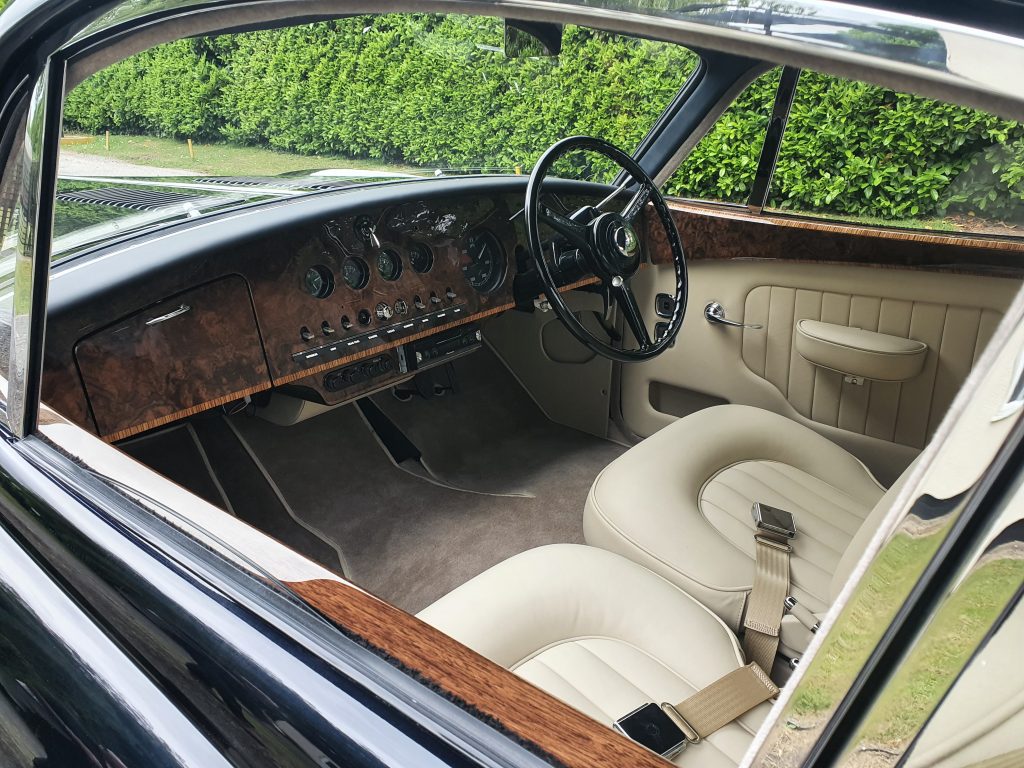
Which, as you might imagine, comes at a price. Each car takes between nine and 12 months to make, and costs £530,000. The simplest way to size it up is to visit Bensport at the London Classic Car Show, this weekend, or – if you can’t make that – make an appointment to drop by the workshop and see how old crafts are alive and kicking in Somerset.
As for the future, Perry believes that it will be electric. “There’s no question that the next car we build will have an electric motor,” he says. “If all of the classic cars in existence with petrol engines came off the road, I don’t think it’s going to make any measurable distance to global warming or the environment. There will be diehards who say you can’t take the engine and gearbox out of it, but there are other people going to say, ‘I love the shape of that car but I can’t drive it in Paris or in Tokyo or Melbourne, wherever it might be because it’s a pollutant.’ Going electric also means that there’s no adjusting of points, changing the spark plugs, no watching the water temperature go up and the old pressure go down in hot weather. You’ll have a car which will actually perform better than the petrol car.”
One thing’s for sure, no matter what powers the next car from Bensport you can rest assured that it will still be built in the traditional way, with a father and son shaping metal on an English wheel.
Read more
All sewn up: A lesson in perfection with O’Rourke coachtrimmers
Tanked up: Learning to make aluminium fuel tanks with Tab Classics
Review: The David Brown Mini Remastered Oselli Edition is a miniature marvel


